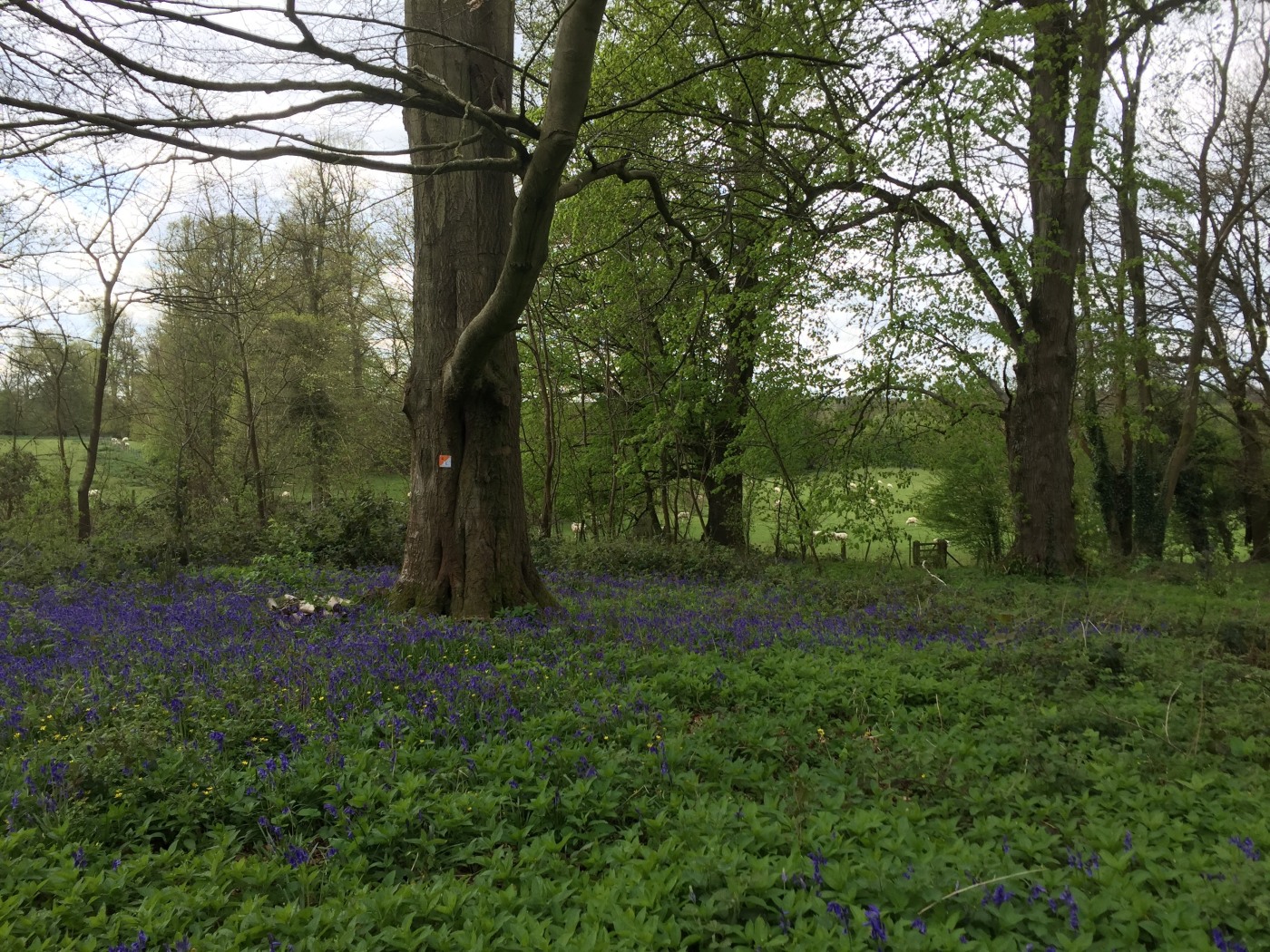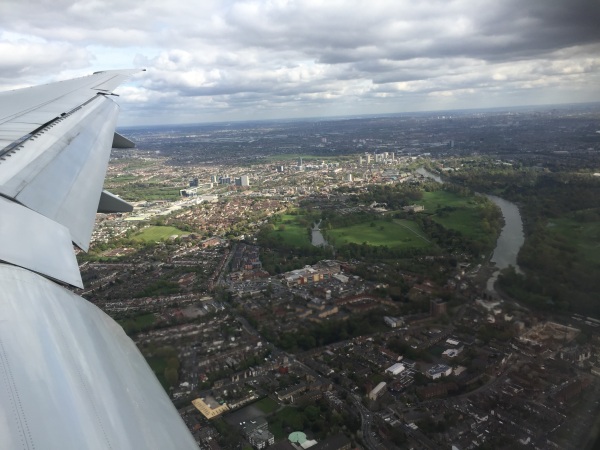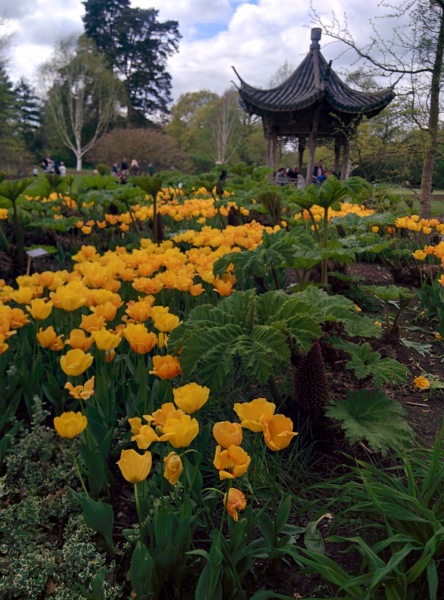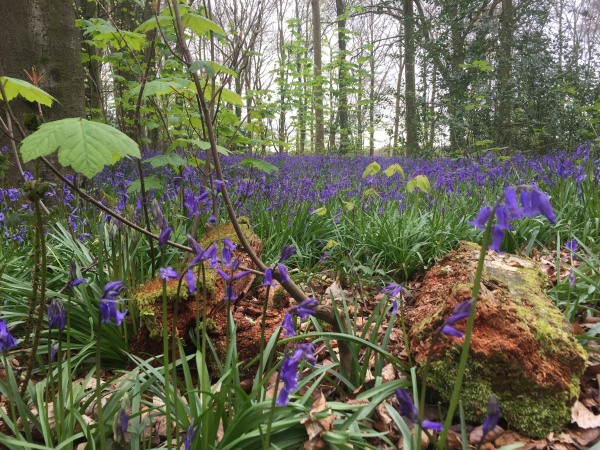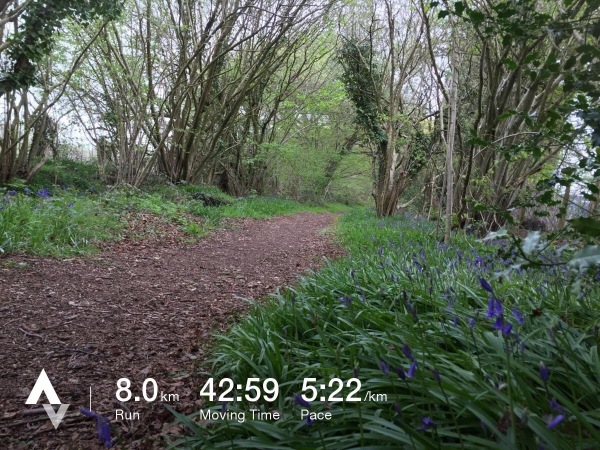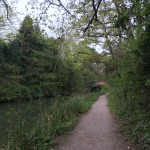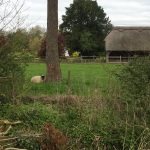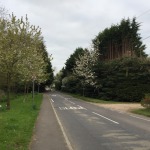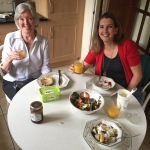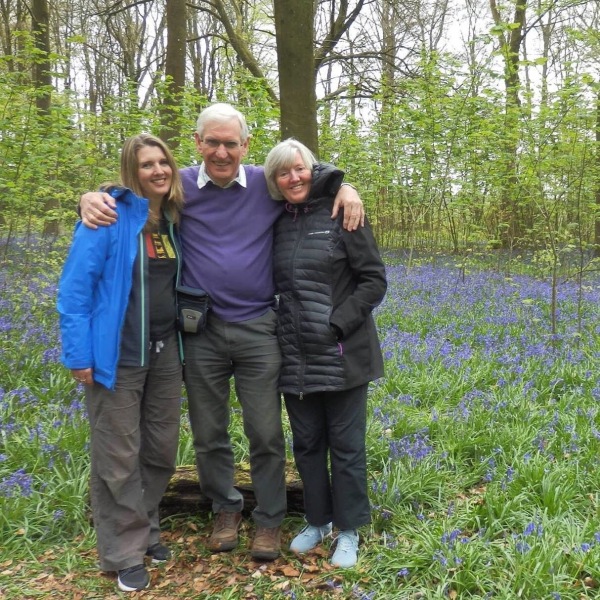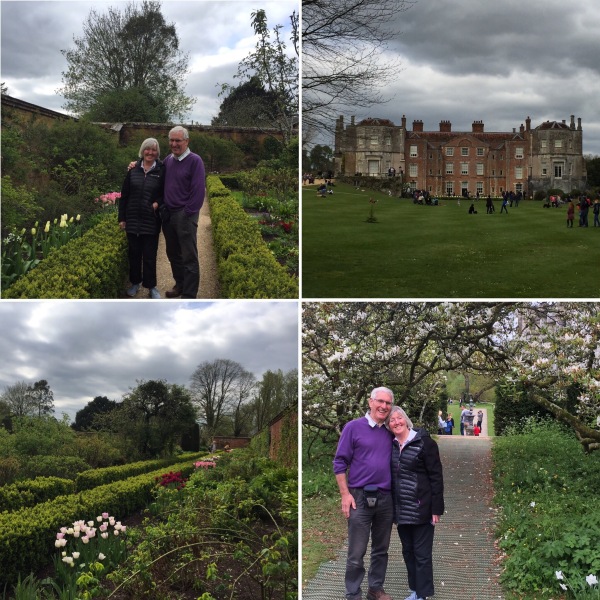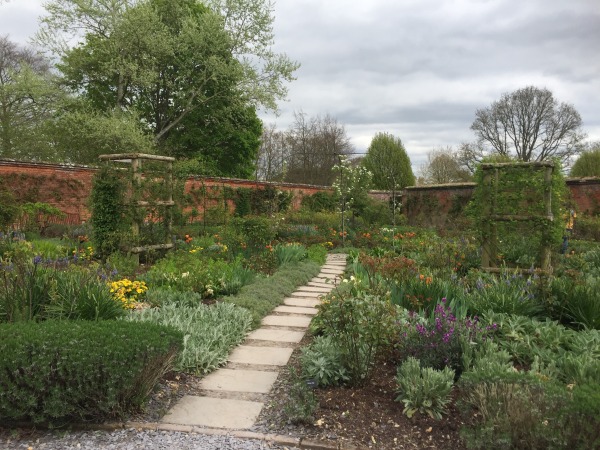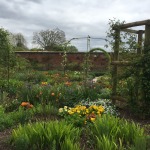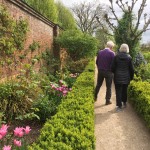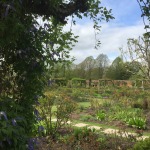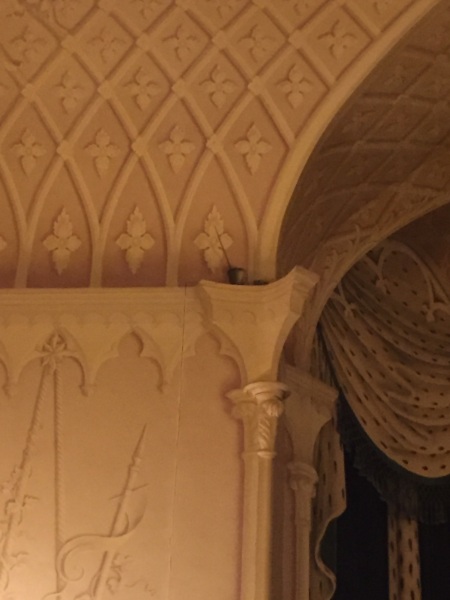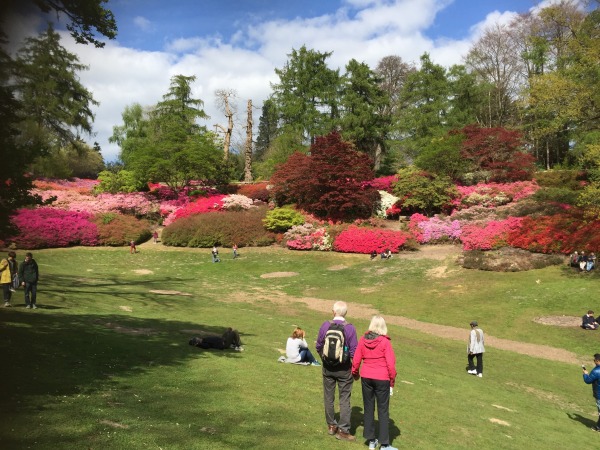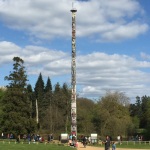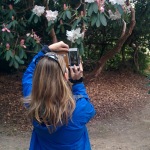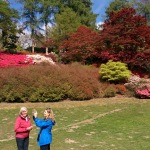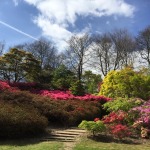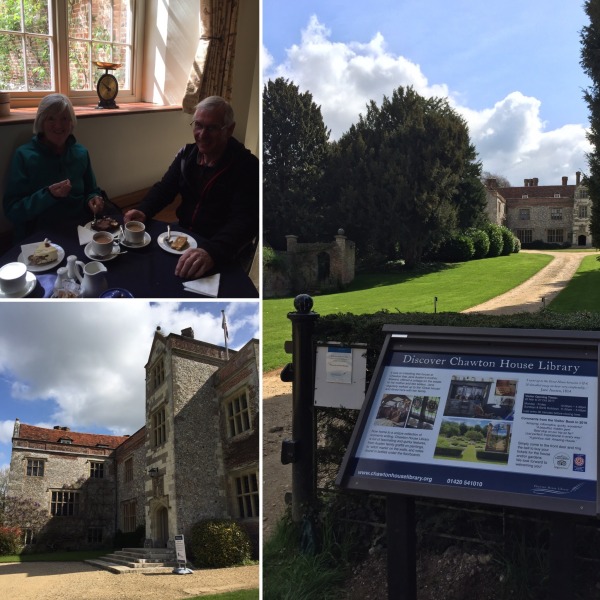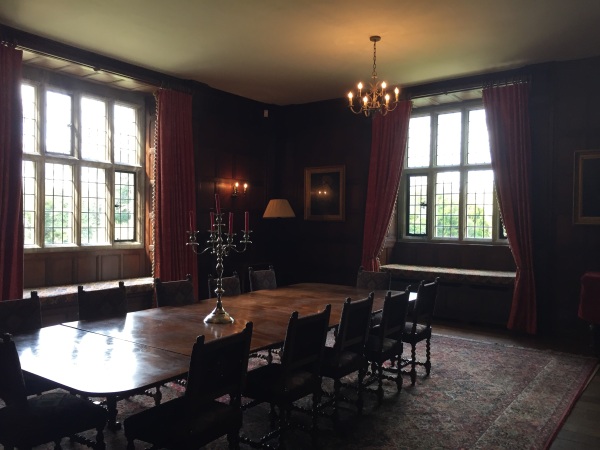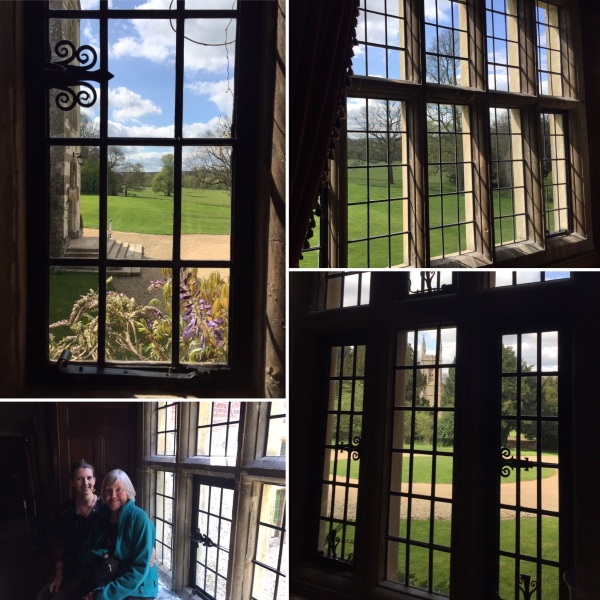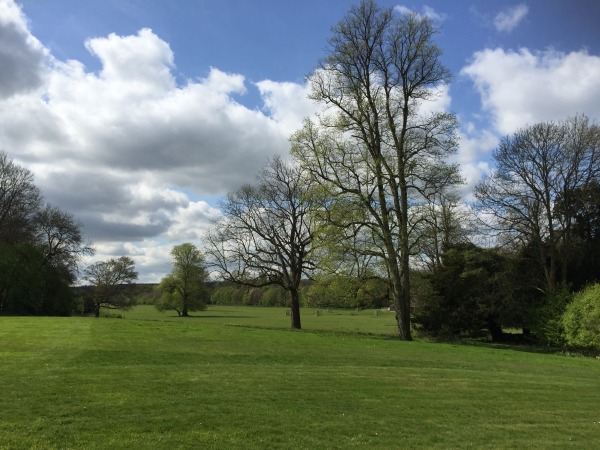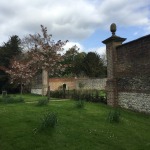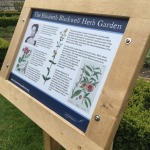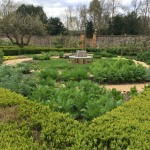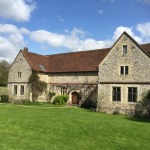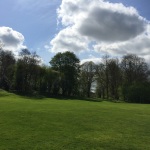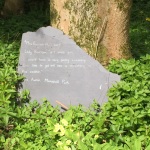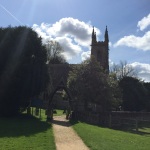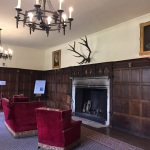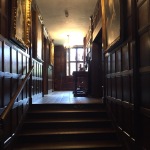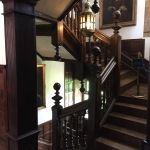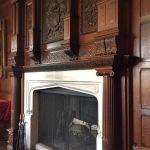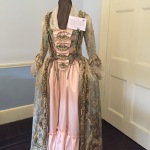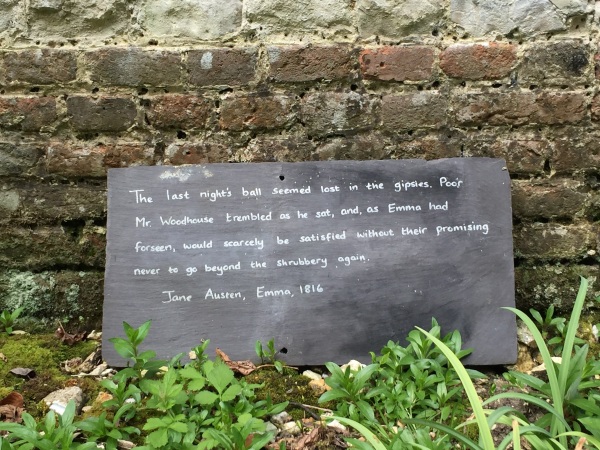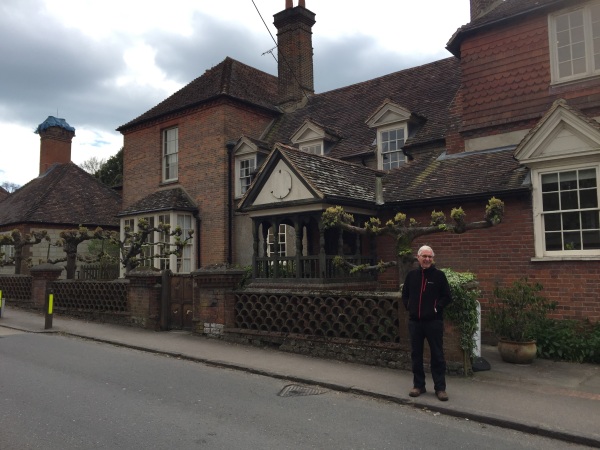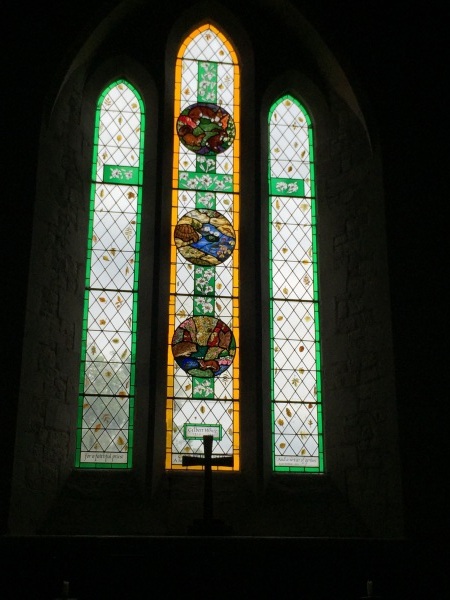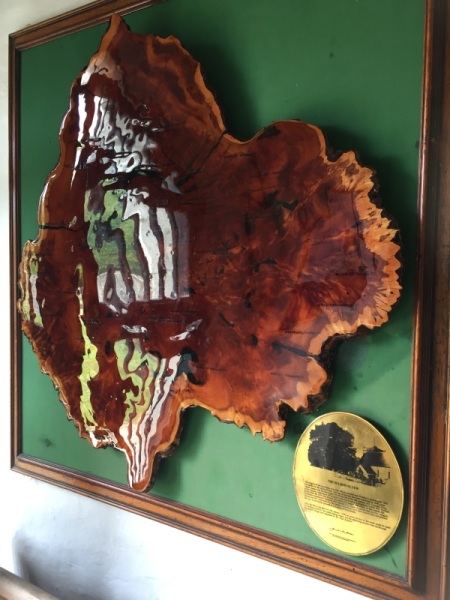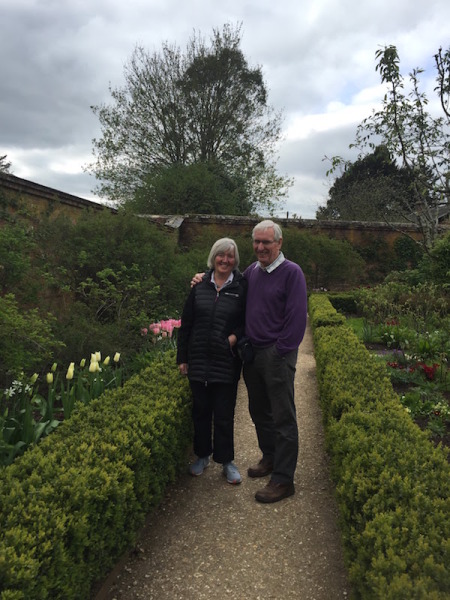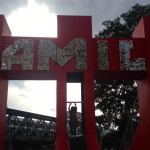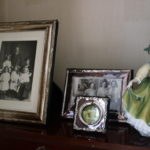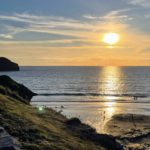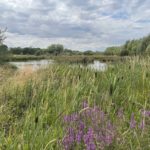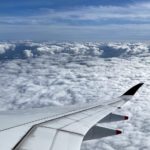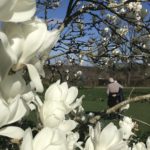Mid April I took off from Wellington, New Zealand, flying over the great Pacific Ocean and Atlantic Ocean, to visit my folks in England. I was keen to see my Mum, who’d turned seventy on the 2nd April, and to spend some precious time with her, my Dad, sister and partner. I flew solo, for the first time in years, leaving my three daughters with hubby, so the long haul flight – rather than being tiresome – was actually a treat of time to indulge in movies (‘La, La Land’; ‘Lion’; ‘The Girl on the Train’ and ‘Assassin’s Creed’ on the way out), read a good book (A Quiet Life by Natasha Walter), enjoy a few glasses of wine and converse with fellow passengers (I got lucky on all my flights!).
I flew direct, via LA, on the way out and returned via Hong Kong. Flying solo I could easily cope without a stop-over and I didn’t want to be away for too long – as hubby had to juggle work as well as children (I planned my trip to coincide with Easter and the school holidays, so at least he had some statutory days off and the children were happy with him working from home, hanging out with their friends or accompanying him into the office).
I left on a Wednesday evening, New Zealand time, and arrived in London around noon on Thursday (UK time) – effectively going back in time some 12 hours.
I was so excited to see my parents, and to stretch my legs after hours of restrain, that I bolted out the plane, dismissing the electric walkways and enjoying the pace of being on solid ground, arriving at the baggage carousel before the bags had arrived. I barely had to stop at customs, with the electronic passport scanner machines making everything so streamlined.
I practically ran out into the arrivals area, such was my excitement, and spotted my parents straight away. Living so far away from them is a constant pain in my heart, the time between visits is plastered together with chats on Skype and the time we do have together extremely precious and wonderful. I miss being able to hold them, hug them, share a meal together on the same time zone. The first thing I did was drop my bags and embrace them with massive hugs.
We left Heathrow Airport and headed to beautiful Wisley Gardens for a good cup of English tea and a walk before heading to my parents home in north Hampshire.
As we walked around the spring gardens, admiring the bluebells, tulips and new shoots of life on all the trees, I marvelled at how incredible international air travel is – as within the space of 30 hours I had been transported from autumn in New Zealand, where I’d been running the trails admiring colourful fungi, to spring in England.
By the time we arrived at my parents home in Hampshire I was ready for a nap. I set my alarm, to make sure I didn’t sleep more than a couple of hours, and woke feeling refreshed and reasonably well adjusted to the time zone – so much so that I was up for a walk up to their town centre for a curry in one of their local pubs!
So from touching down in London at noon, till bedtime (English time) I’d walked around 5km on British soil (which made me feel happy – as I was taking part in the ‘Greatest Virtual Run‘ for autism – which involved walking 150km in the month of April).
The next morning I woke up at 7am feeling extremely energetic and headed out for an 8km run around my childhood stomping ground prior to breakfast.
- Basingstoke Canal tow path.
- Rural scene in Dogmersfield, Hampshire.
- Country road, Hampshire.
- Breakfast at home
Later that day my parents and I visited Micheldever Wood to see the most beautiful woodland carpeted with bluebells.
After tip toeing around the bluebells we drove on to Mottisfont Abbey, where we walked the grounds and visited the house.
The grounds are a delight to walk around and the walled gardens are very special.
An incredible exhibition of Rex Whistler’s work was being shown in Mottisfont Abbey.
Just before war broke out in 1939, Maud Russell (the last owner of the house and a great art lover) transformed the original entrance hall into a large saloon. Rex Whistler was commissioned to create a unique backdrop for Mottisfont’s glamorous guests. The results were his spectacular trompe l’oeil murals, light-heartedly reflecting Mottisfont’s medieval origins. This extraordinary room was his last and finest piece before he was killed in active service in France. Tucked high in one wall is a poignant, secret message from the artist, painted just before he left – a small paint pot and brush.
On Easter Saturday we woke to a lovely day of sunshine and headed to Virginia Water – Windsor Great Parks – for a beautiful walk around the gardens and lake. It was a carnival of colour in The Savill Garden and Valley Gardens, with hidden pathways lined with azaleas and rhododendrons. As a child I visited the gardens numerous times – often with aunts, uncles, cousins and grandparents. My sister and I used to have great fun running ahead a little from our parents, hiding behind a rhododendron bush and then jumping out to surprise them. It was lovely to take a walk down memory lane with my parents and see other families making the most of the long weekend to enjoy precious time together.
- The amazing totem pole
- Caught taking a photo
- Mum and I admiring the colours
- A delight of colours
On Easter Sunday we discovered the delightful Chawton House Library, in Chawton, Hampshire.
Chawton House is an Elizabethan manor house that once belonged to Jane Austen’s brother, Edward. The house is over four hundred years old, and the recorded history of the land on which it stands stretches even further back.
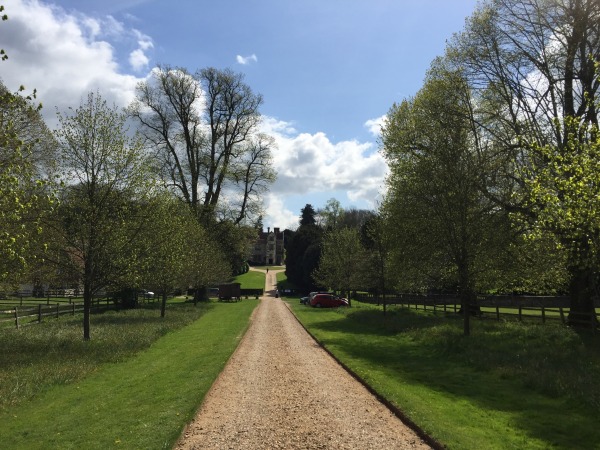
Chawton House, the home of Jane Austen’s brother. Jane would often visit ‘the big house’, as she affectionately called it.
We had a wonderful time walking around the house and grounds, stopping for tea and Easter cake. Jane Austen was a regular visitor to the house, as she lived in the village.
‘I went up to the Great House between 3 & 4, & dawdled away an hour very comfortably.’ Jane Austen, letter to Cassandra Austen, 1814.
‘We four sweet Brothers & Sisters dine today at the Gt House. Is not that quite natural?’ Jane Austen, letter to Caroline Austen, 1815
It was evident to see how Jane Austen would have drawn great inspiration from the house and grounds for her stories.
On Easter Sunday we also visited Selborne and the home of Gilbert White (1720-1793), who was world-famous for his ‘Natural History and Antiquities of Selborne‘.
Gilbert White was also curate of St Mary’s Church in Selborne. There is a beautiful window dedicated to him in the church, designed by Harold Thomson and John Tarrant in 1992-3. In its circular panels the window shows many of the plants and animals that White studied. White’s writings are regarded as the first scientific observations of natural history, especially birds, and his Natural History has been continuously in print since it was first published in 1789. It is considered to be the fourth most published book in the English language after the Bible, the works of Shakespeare and Bunyan’s Pilgrim’s Progress.
St Mary’s Church was founded in Saxon times and mentioned in the Domesday Book, the present church with its Norman tower and nave, largely dates from 1180. The church was greatly restored in the mid-19th-century by the great nephew of Gilbert White.
White is commemorated by a glorious stained glass window depicting St.Francis and included in the many other fine treasures belonging to this beautiful church is an 800 year old font.
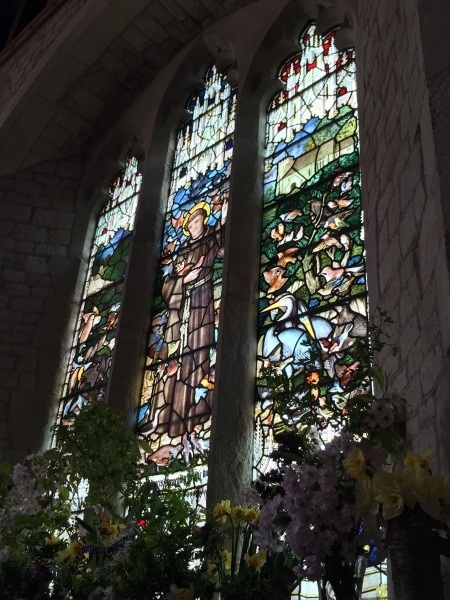
Designed by Alexander Gascoyne and painted by Horace Hincks of Nottingham, this window was made in 1920 and commemorates the bicentenary of White’s birth.
Outside the church are the remains of the famous 1400 year old yew tree which was blown down in gales in January 1990. The ‘Selborne Yew’ was recognised by the Tree Council at the time of HM Queen Elizabeth’s Golden Jubilee in June 2002 as one of the 50 Great British Trees in recognition of its place in the national heritage. A cutting from the original tree is now thriving in the churchyard.
We finished off our visit to Selborne with a drink in the lovely ‘Selborne Arms’ village pub, which was wonderfully welcoming.
I was in my element, after a day of English hospitality, history and nature, all in the wonderful company of my dear parents.
The next day we set off up north, to visit my sister, Claire, and her partner, Mike, in their lovely home in the Peak District National Park of England.
